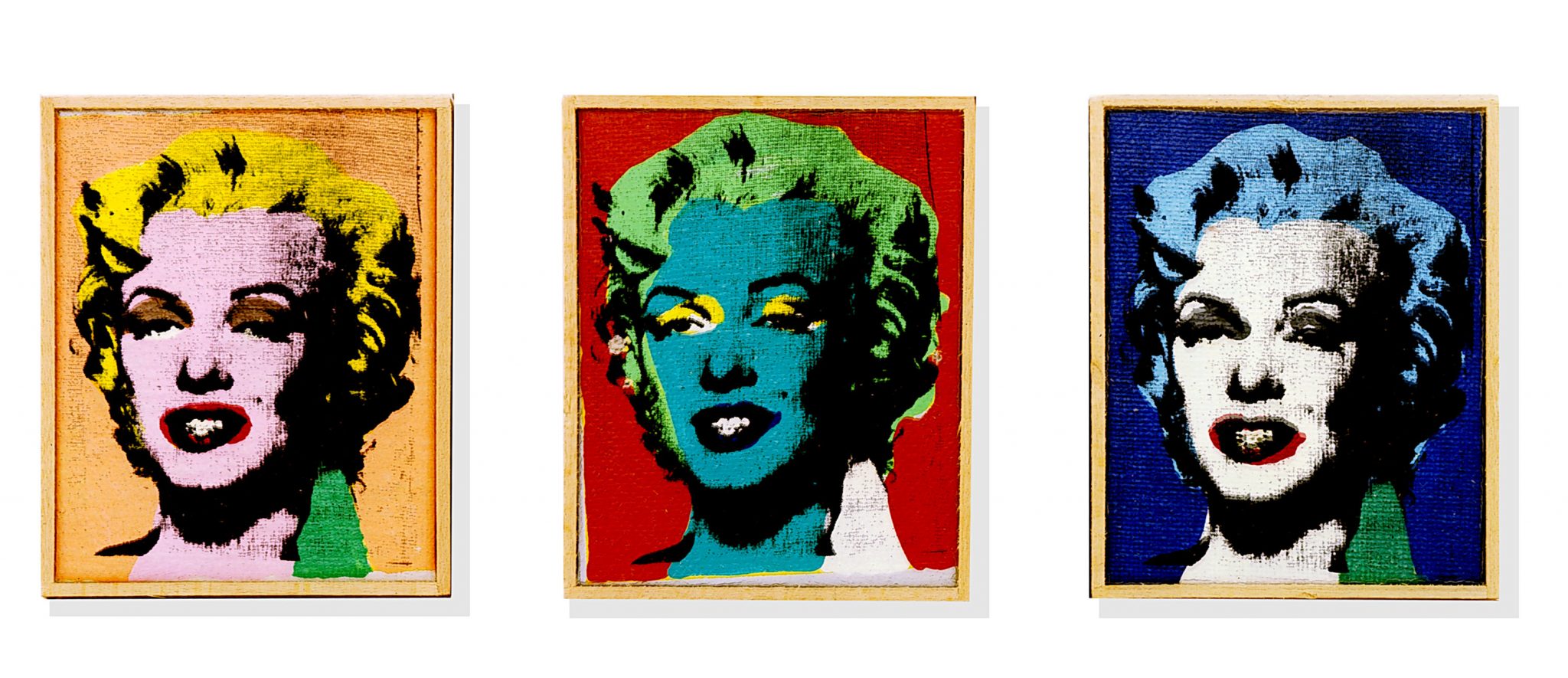
Color Chart
CHAPTER 2: Color as iconography
Chapters
Cultures around the world have always inscribed significance to colors. They can stand in for intangible qualities like status, purity, divinity, or be trademarked like Yves Klein’s blue. In the Catholic church, priests wear different color robes depending on the time of the year. Green symbolizes hope and is worn during the liturgical season called “Ordinary Time” when the church isn’t celebrating high holy days. This tradition goes back centuries and can be seen in the Ecclesiastical Cape from 16th century Spain. The Virgin Mary is often depicted wearing blue for humanity and red for divinity. In Madonna and Child with Angel by Giovanni di Marco, the artist added touches of gold leaf to emphasize the figures’ sacred status. In the early 20th century Native American artist Maria Martinez, along with her husband Juan Martinez, revived the art of black-on-black pottery, a technique used by the Pueblo people since the Neolithic period until the 17th century. Martinez was asked by a professor of archeology to recreate the polished jet black style after being lost for centuries. Today, an artist will use specific colors to recall popular culture like Antonio Caro’s use of “Coca-cola” red in Colombia and Richard Pettibone’s miniature work imitating Andy Warhol’s iconic multi-colored Marilyns.
Image credit:
Richard Pettibone
Warhol’s Marilyn Monroe, 1973 (detail)
Acrylic and silkscreen on canvas, six panels
The Blanton Museum of Art, The University of Texas at Austin
The Dorothy and Herbert Vogel Collection: Fifty Works for Fifty States, a joint initiative of the Trustees of the Dorothy and Herbert Vogel Collection and the National Gallery of Art, with generous support of the National Endowment for the Arts and the Institute of Museum and Library Services, 2008

